THE BEGINNINGS OF THE UNIVERSE AND THE CREATION OF THE ELEMENTS AND GOLD
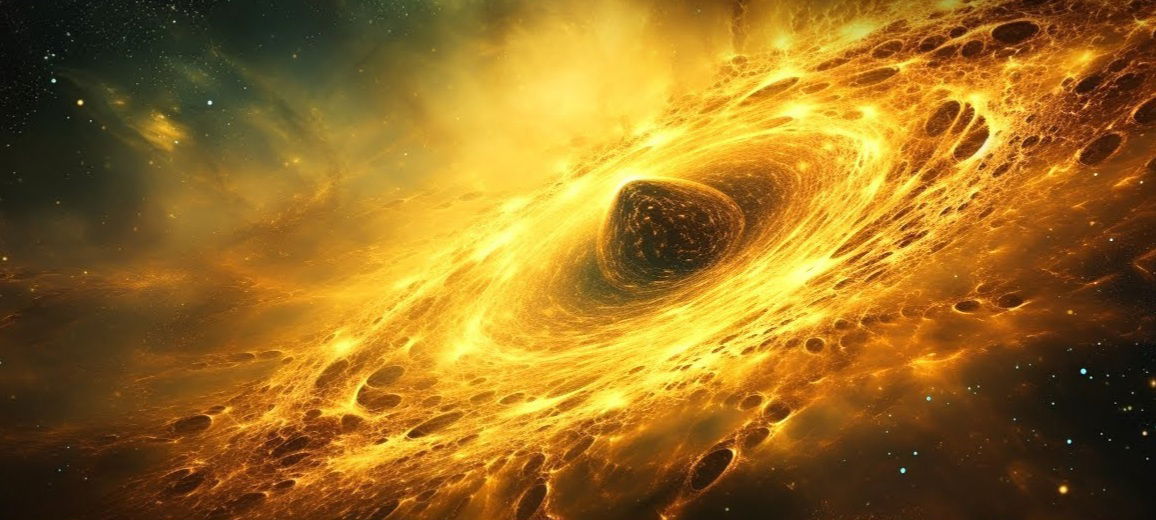
Gold is a rare element in the universe with an abundance of about one billionth of the total mass of stars. However, astronomers have discovered that gold is present in our own galaxy, the Milky Way, as well as in other galaxies.
But how was gold formed in the universe? Gold is produced by nuclear reactions in supernovae and neutron star collisions. Supernovae occur when a massive star exhausts its nuclear fuel and collapses in on itself. This explosion is so massive that it can produce elements heavier than iron, including gold.
Neutron star collisions occur when two neutron stars, the dense core of a star that has undergone a supernova, come close enough to each other to merge into a single, more massive star.
This produces an enormous amount of energy in the form of gravitational radiation and matter, including gold.
Gold is also present in older stars like our Sun. However, it is produced in much smaller quantities by fusion in the star's core. When a star like the Sun completes its life cycle, it expels much of its atmosphere out into space, leaving behind a white dwarf.
Over time, this white dwarf may interact with other stars or be consumed by another more massive star, producing new stars and heavier elements such as gold.
Astronomers have detected gold in different regions of our galaxy, the Milky Way. Observations have shown the presence of gold in stars, nebulae and even in photons emitted by stars.
One of the most gold-rich regions in the Milky Way is the Crab Nebula, the remnant of a supernova visible in the night sky. Observations have shown the presence of gold in areas of the nebula where massive stars have exploded.
Observations have also shown evidence for the presence of gold in red dwarf stars, which are the most common stars in our galaxy. Astronomers have found that these stars produce small amounts of gold due to melting in their cores.
Finally, astronomers have also detected gold in photons emitted by stars in our galaxy. These photons are created when electrons in atoms are excited by the heat of the star and release energy in the form of light. Observations showed the presence of gold in these photons, suggesting that gold is present in the atmospheres of stars in the Milky Way.
In conclusion, gold is produced by nuclear reactions in supernovae and neutron star collisions, as well as by fusion in the cores of older stars like the Sun. Its presence is observed in different places of the Milky Way, thus offering opportunities for studies on the evolution of stars and galaxies.
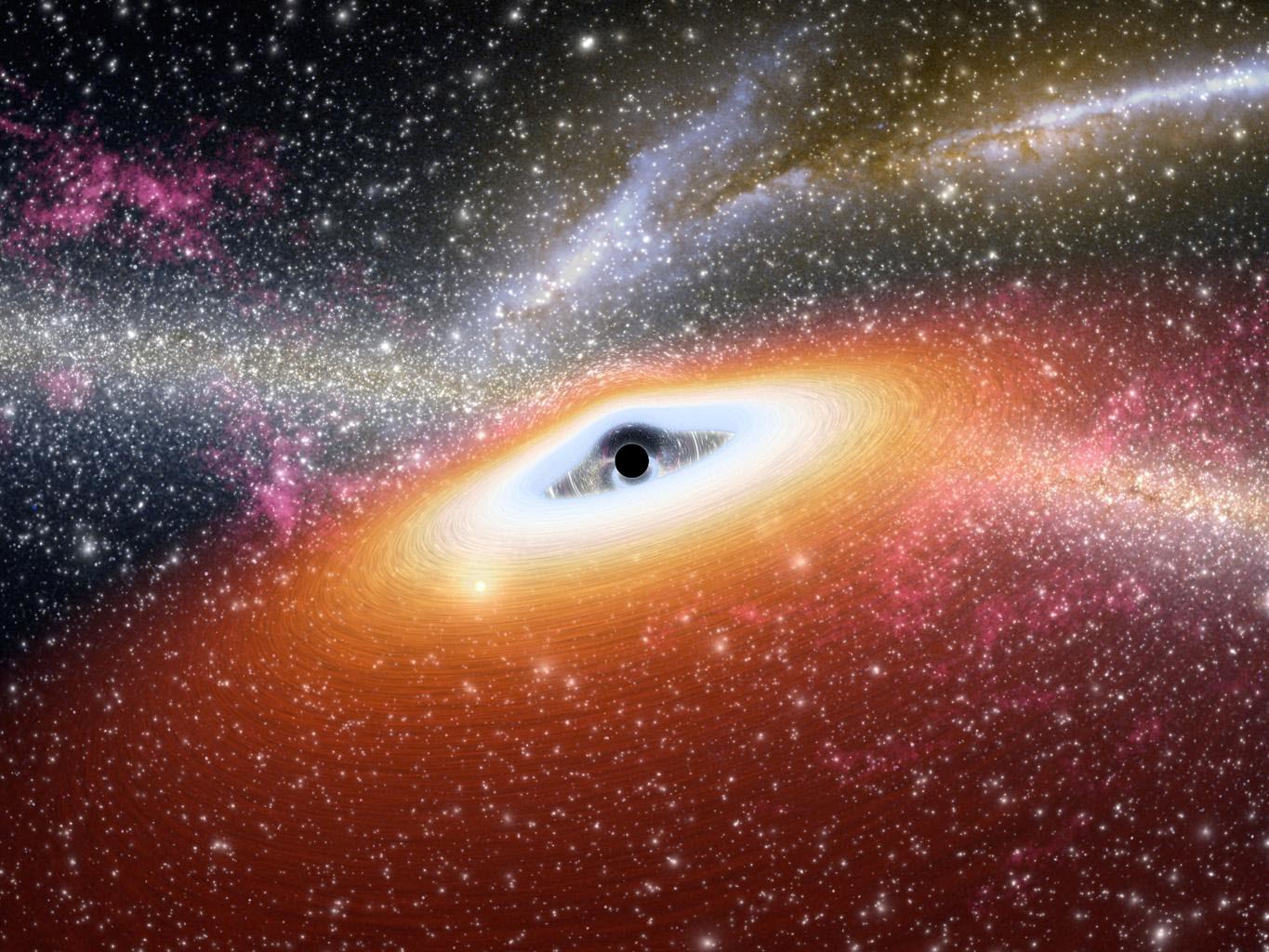
The presence of gold in space nebulae is partly due to the formation of heavy elements in the universe. Gold is produced during nuclear fusion in stars, especially during supernova explosions and neutron star collisions.
Supernovae are massive explosions that occur at the end of a star's life, when it runs out of nuclear fuel. During the supernova, the star's core collapses and forms a neutron star or black hole. The enormous temperatures and pressures during the supernova create elements heavier than iron, including gold.
Neutron star collisions are also events that produce gold and other heavy elements. Neutron stars are the remnants of massive stars that have undergone a supernova and collapsed to form a dense star with a mass comparable to that of the Sun, but only a few kilometers in diameter. When two neutron stars get close enough, they can merge and release a huge amount of energy, as well as heavy elements such as gold.
Space nebulae are regions of space where new stars and planetary systems form. They are rich in gas and dust, as well as heavy elements such as gold. Stars that form in nebulae can contain gold if the materials that formed them contain heavy elements. Interstellar dust can also contain gold and other elements, which are then incorporated into the nebula and used to form new stars.
Finally, it is also possible that neutron star or supernova collision events took place in the nebulae and left behind remains rich in heavy elements such as gold.
The presence of gold in space nebulae is due to the formation of heavy elements in the universe, notably during supernovae, neutron star collisions and the formation of new stars in nebulae rich in heavy elements. These phenomena continue to fascinate astronomers and lead them to important research to understand the origin and evolution of the universe.
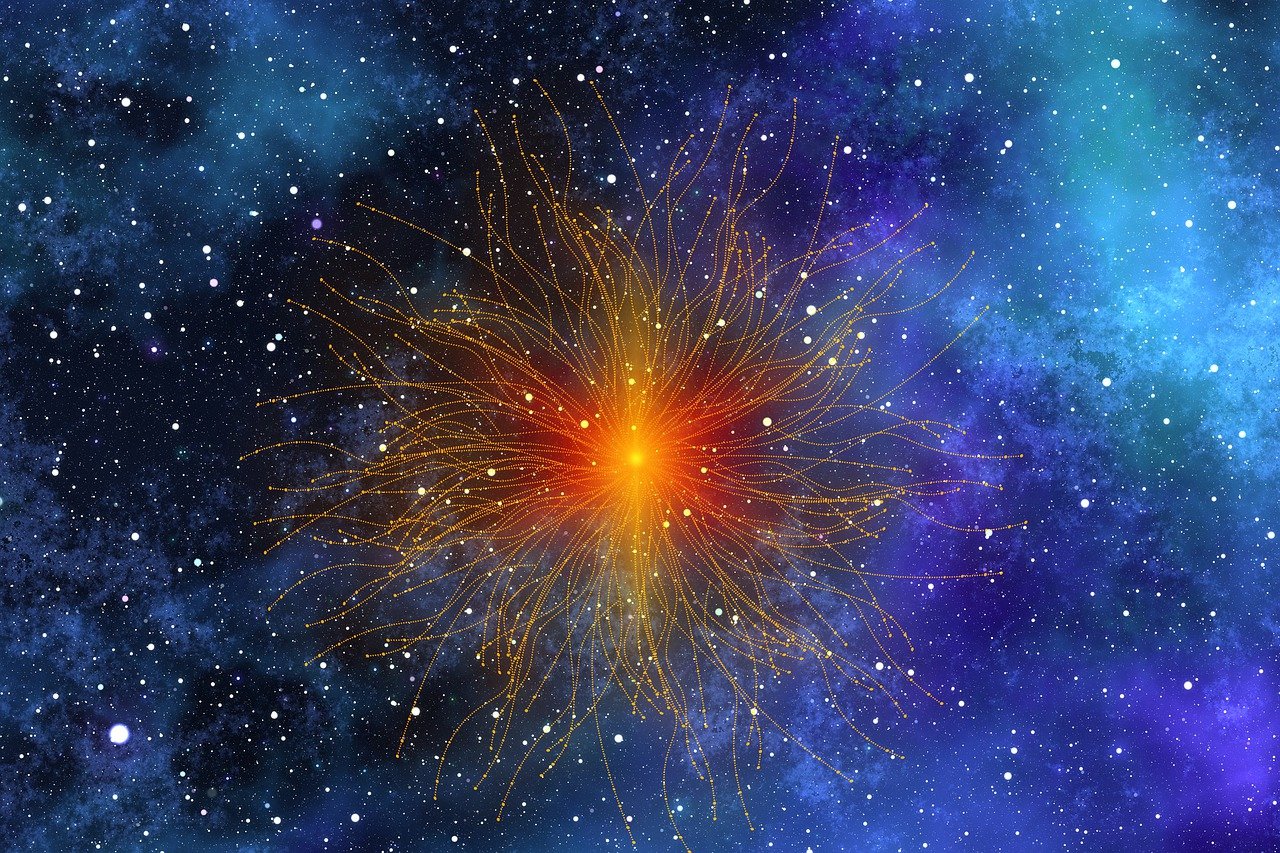
The equations involved in the formation of rare elements in gas-rich nebulae are very complex, as they involve physical, chemical and nuclear processes simultaneously. I will give you some examples of the equations used to model these processes, but keep in mind that this does not cover all relevant equations.
1. Mass balance equations for chemical elements:
These equations are used to describe how chemical elements are produced and destroyed in the nebula by chemical and nuclear reactions. For example, for oxygen, the relationship can be written:
$$\frac{d(n_{O})}{dt}= R_{O} - D_{O} - A_{O}$$
where $n_{O}$ is the number of oxygen particles in the nebula, $R_{O}$ is the rate of oxygen production by stars, $D_{O}$ is the rate of destruction of oxygen by chemical and nuclear reactions, and $A_{O}$ is the rate of oxygen accretion on the dust grains.
2. Transport equations for particles:
These equations help to describe how the gas particles move in the nebula. For example, the equation for diffusion can be written as:
$$ \frac{\partial n}{\partial t} = D \nabla^{2}n $$
where $n$ is the particle concentration, $D$ is the diffusion coefficient and $\nabla^{2}$ is the Laplacian operator. This equation describes how particles move from regions of high concentration to regions of low concentration.
3. Energy balance equations:
These equations help to describe how energy is distributed in the nebula. For example, the equation for conservation of energy can be written as:
$$\frac{\partial E}{\partial t} = - \nabla \cdot \textbf{F} + H - C$$
where $E$ is heat energy, $\textbf{F}$ is heat flux, $H$ is heat source, and $C$ is heat loss. This equation takes into account all sources of energy and heat in the nebula, including stars, particle collisions, and cosmic radiation.
These equations are just a few examples of the mathematical complexity required to model gas-rich nebulae and the formation of rare elements in these environments.
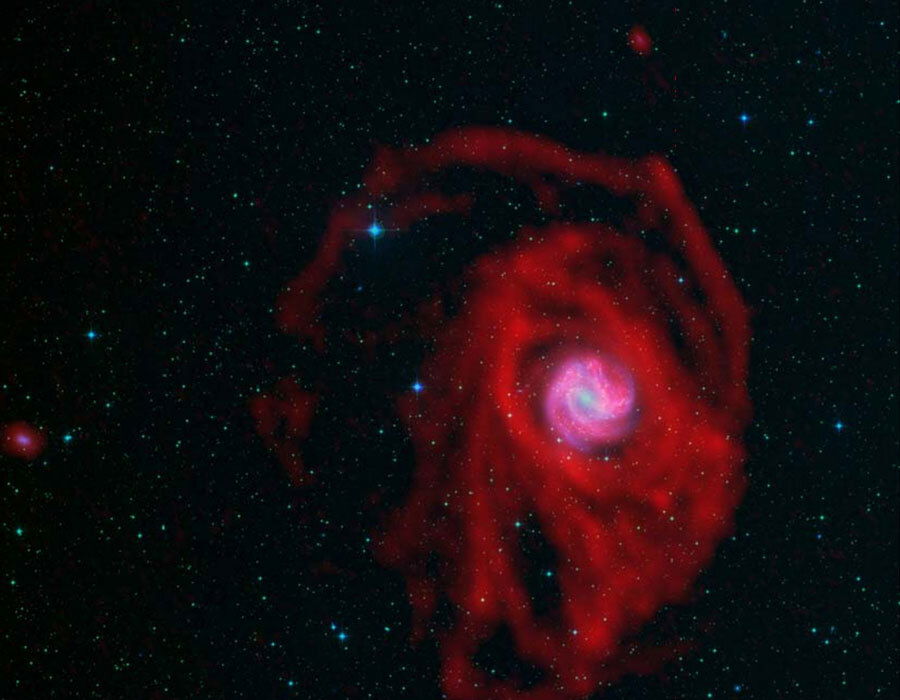
A supernova explosion is a complex process that involves high-energy physical phenomena, such as nuclear fusion, which are difficult to model mathematically with precision. I will give you an overview of the mathematical formulas involved, but note that this does not cover all aspects of the supernova explosion.
1. The ideal gas state equation:
The ideal gas equation of state gives a relationship between the pressure, density, and temperature of matter in a star or supernova. It is given by:
$$ P = nkT $$
where $P$ is the pressure, $n$ is the number density of the particles, $k$ is the Boltzmann constant and $T$ is the temperature.
2. Conservation of mass:
To model the internal dynamics of a supernova, we also use the mass conservation equation:
$$ \frac{\partial \rho}{\partial t} + \nabla \cdot (\rho \vec{v}) = 0 $$
where $\rho$ is the mass density, $\vec{v}$ is the velocity of the medium, and $\nabla \cdot (\rho \vec{v})$ represents the mass flux through a given surface .
3. The energy content equation:
To understand how a supernova releases energy, we also use the energy content equation:
$$ \frac{\partial u}{\partial t} + \nabla \cdot (u \vec{v}) = - P \nabla \cdot \vec{v} + Q $$
where $u$ is the internal energy, $P$ is the pressure, $Q$ is the amount of heat added or removed from the system, and $\nabla \cdot (u \vec{v})$ is the flow of internal energy transported by the movement of the fluid.
4. The Equation of the law of cooling:
Another important equation used in supernova modeling is the cooling law, which describes how the medium cools over time:
$$ \frac{dE}{dt} = - \Lambda(T)n^{2} $$
where $E$ is the total energy of the medium, $\Lambda(T)$ is the rate of specific energy loss, and $n$ is the number density of the particles.
These equations are some examples of the mathematical formulas involved in modeling a supernova explosion. However, it should be noted that modeling this phenomenon can be very complex and fully understanding this event requires sophisticated computer simulations and astronomical experiments.
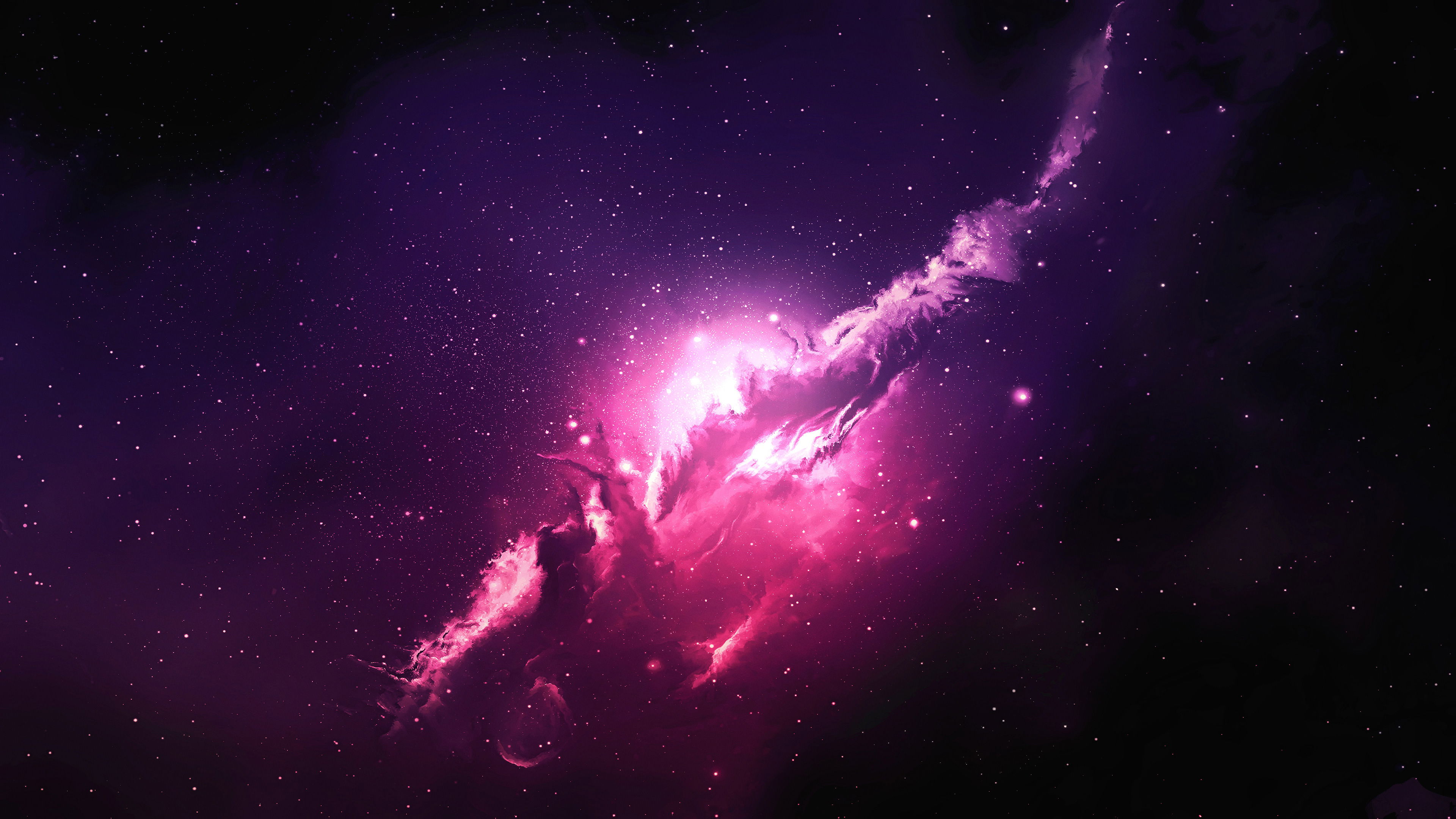
INCLUSIONS AND FORMATION OF GOLD IN SUPERNOVAS
Gold is a rare and precious chemical element, and its formation is closely linked to supernovae, the cataclysmic explosions of certain stars at the end of their lives. In this article, we will explore the process of gold formation in supernovae, based on current knowledge of nuclear physics and astrophysics.
Supernovae are spectacular events that occur when massive stars exhaust their nuclear fuel. When this happens, the star's core collapses under its own weight, creating enormous pressure and extremely high temperature. This pressure and this temperature cause the explosion of the star, which emits a colossal quantity of energy, often more than 10^44 joules, that is to say the equivalent of the energy emitted by the Sun during all its lifetime.
The process of gold formation in supernovae is related to nuclear synthesis, which is the creation of new elements from other, lighter elements. Stars produce elements heavier than hydrogen and helium by nuclear fusion in their cores, but this production usually stops at the element iron. This is because nuclear fusion to form elements heavier than iron requires energy rather than releasing it.
Supernovae, however, offer a unique opportunity for the formation of elements heavier than iron. When the star explodes, a shock wave propagates through the interstellar medium, compressing the surrounding matter and heating the gases to extremely high temperatures. Under these conditions, nuclear reactions can produce elements heavier than iron, such as gold.
More specifically, the formation of gold in supernovae is linked to two main nuclear processes: neutron capture and fission.
Neutron capture is a process in which a nucleus absorbs a neutron, which transforms it into a heavier and unstable nucleus. The nuclei thus formed often undergo radioactive decay, releasing energy in the form of gamma radiation. This process is known as radiogenic neutron capture. In supernovae, the flux of neutrons is very high, because they are produced by the collision of fast particles with the nuclei of the surrounding matter. This high flux of neutrons allows the formation of unstable isotopes of elements heavier than iron, such as gold.
This process is known as radiogenic neutron capture. In supernovae, the flux of neutrons is very high, because they are produced by the collision of fast particles with the nuclei of the surrounding matter.
This high flux of neutrons allows the formation of unstable isotopes of elements heavier than iron, such as gold.
The second important nuclear process for the formation of gold in supernovae is fission, which is the splitting of a nucleus into two smaller nuclei. Fission is an exothermic process that releases a large amount of energy, in the form of gamma radiation and neutrons. In supernovae, heavy nuclei formed by neutron capture can undergo spontaneous fission, producing lighter nuclei and releasing energy.
This energy contributes to the evolution of the supernova, increasing the pressure and temperature of the surrounding matter.
By combining neutron capture and fission, supernovae can produce gold and other heavy elements, such as lead, platinum and uranium. Gold is particularly interesting, as it is one of the rarest and most valuable elements on Earth. It is also used in many technological applications, such as electrical contacts, circuit boards, jewelry, and medicine.
The formation of gold in supernovae is a complex and fascinating process that involves nuclear synthesis, neutron capture and fission. Supernovae are the main producers of elements heavier than iron in the Universe, and their study allows us to better understand the formation of elements and the evolution of stars.

The infinitely large universe shows us this stargate, like a chemical assembly of life, this mineral life which engendered an evolution 4.5 billion years ago, that of the first neo-batteries, in a broth of culture where heavy elements like gold will accompany the first steps of life.
this gold which will be the mystery of the universe, which the Mesopotamians, the Egyptians, and the Greeks have tried to pierce, through the stars, the ages and the understanding of chemistry and alchemy for 100,000 years.
Dr. JSDG DE GANAY.
Geological Engineer .
Mineralogist / Micro'-mineralogy.
Metallogeny of rare elements.
Metalogeny of radionuclides.
metallogenesis of ancient civilizations.
Researcher in Major Risks.


